Data bytes stored continues to grow at about 40% annually. This trend now exceeds the device capacity growth rate of all existing commercial scale media types including HDD, Flash, Tape and Optical, and the gap between growth rates is about 20%. That implies that the datacenter footprint for storage will be approximately doubling every 3.5 years just to keep up. However, the roadmaps for ongoing density improvement makes the situation much more stark. Past 2030, growth in device capacities may slow substantially leading to a need for 40x or more datacenter space and power by 2040 to keep up with data growth. Although the methods we have used to store data with magnetized materials or corralling electrons are true technological wonders, it is becoming apparent that if we don't want to impinge data growth we may need a substantial paradigm shift in storage technology. Molecular storage is the panacea of storage density and DNA is the leading contender for the championship of storage density, but we will also need to invest in technologies that allow for high speed molecular storage. This is going to be a heavy lift, but if we want to intercept the coming storage capacity crunch we need to start work now.
The Looming Need for Molecular Storage
Tue Sep 13 | 11:20am
Location:
Salon IV, Salon V
Abstract
Learning Objectives
- Familiarize audience with the dramatic growth in data storage capacity requirements due to digitization across all realms of business and society
- Familiarize audience with how current storage technologies will be challenged due to these trends
- Familiarize audience with how molecular storage, generally, and DNA storage, specifically, offers a potential solution to the scaling problem
---
Aaron Ogus
Microsoft
Related Sessions







